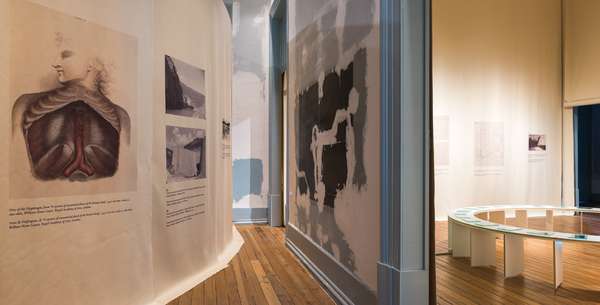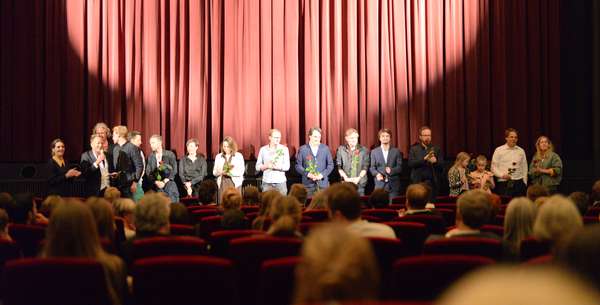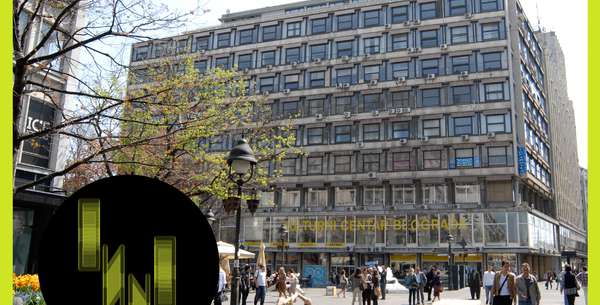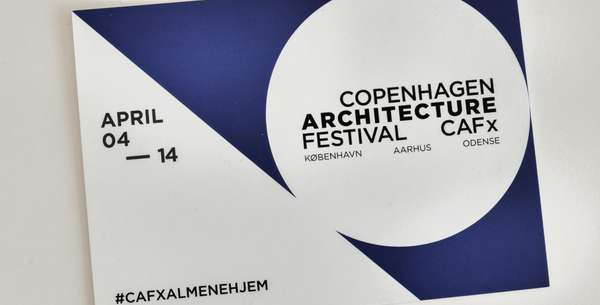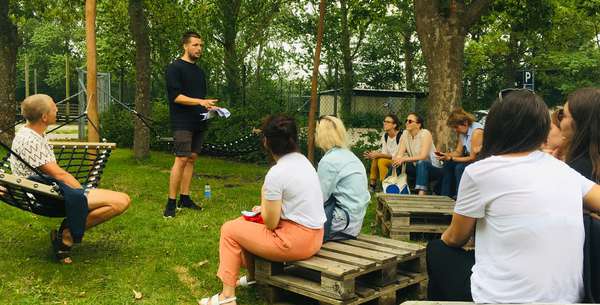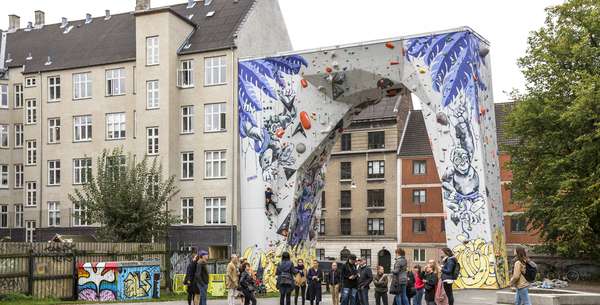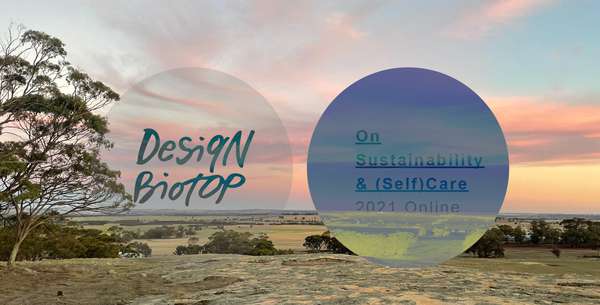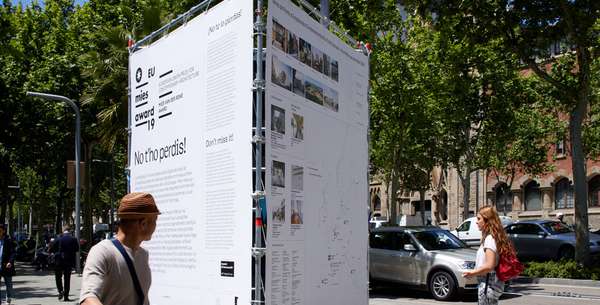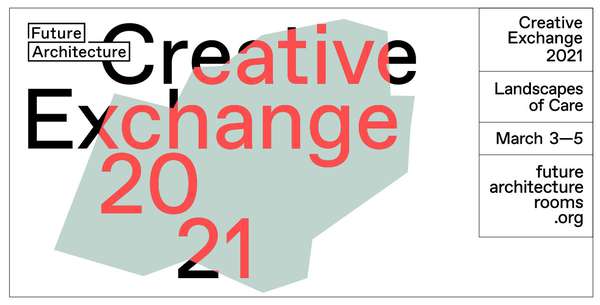Idea by
Anna Ulrikke Andersen
https://annaulrikkeandersen.com
Call for ideas 2021
An Architecture of Chronic Illness
An Architecture of Chronic Illness

- Site-specific cases
As we live longer, chronic illness and disabilities are becoming a greater part of our lives. Treatment, rehabilitation and experiences of chronic pain and immobility will be a reality for many of us, and increasingly so. In my work, I turn attention to patients living with these challenges today, to uncover a series of alternative and creative strategies we use to navigate our built environment. The landscape of care that I choose to focus on is a rehabilitation facility for people rheumatic illness in Montenegro, where Norwegian patients have been sent by their government since 1976. As patients inhabit the Institute for four weeks, their wellbeing improves. Informed by my personal narrative with rheumatism, I wish to see how the key markers of rhematic illness as an ‘unstable, unpredictable, chronic disease’ could to uncover a series of tensions of illness and wellbeing, mobility and immobility, and patient and medical professional that could inform the future of architecture.
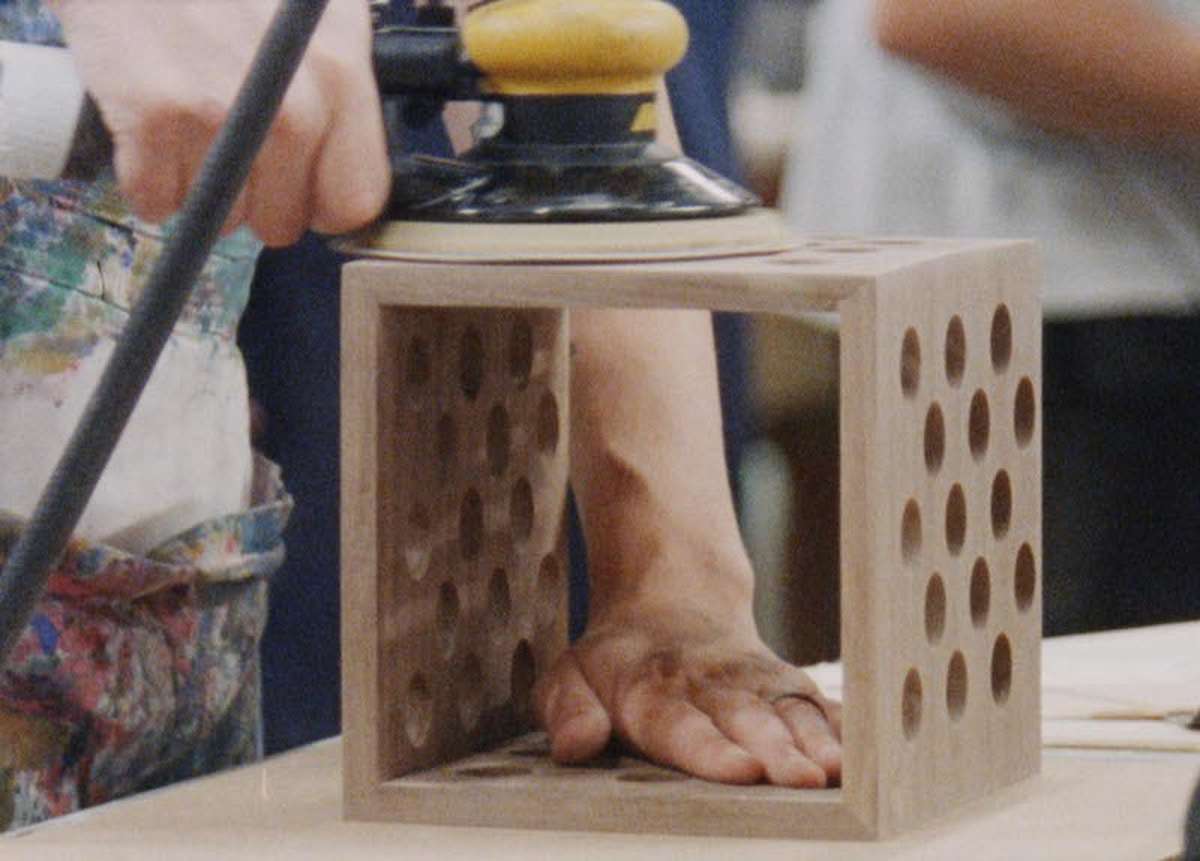
Architecture Beyond Sight (2019) produced by the DisOrdinary Architecture project, on behalf of The Bartlett.
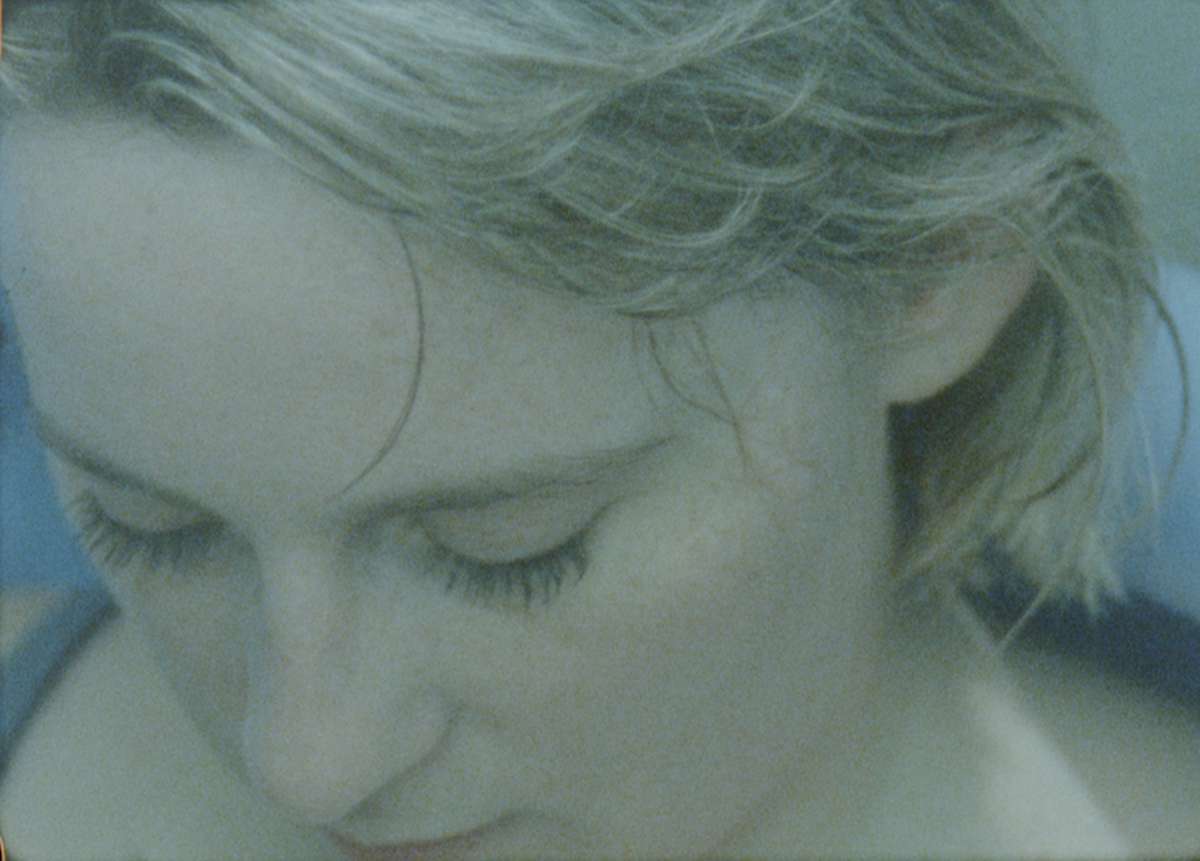
On Sanatorium (forthcoming) A collaboration with the London based artist Abi Palmer, engaging with her book Sanatorium (Penned in the Margins, 2020)

X for Methotrexate (2019) exploring the different sites involved in the research, production and use of the drug Methotrexate.

X for Methotrexate (2019) exploring the different sites involved in the research, production and use of the drug Methotrexate.
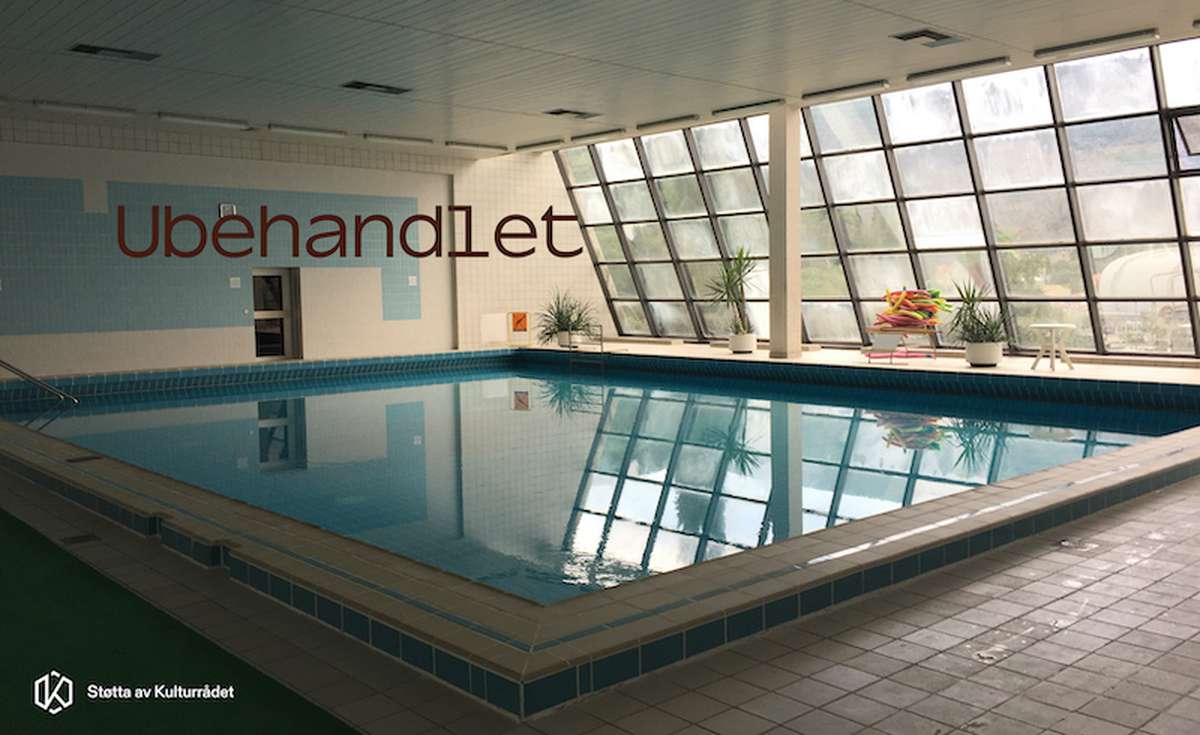
Ubehandlet (untreated) by Anna Ulrikke Andersen and Anne Silje Bø, interviewing Norwegian patients who has had their rehabilitation in Montenegro cancelled due to Covid-19. Supported by the Norwegian Arts Council.
An Architecture of Chronic Illness
An Architecture of Chronic Illness

- Site-specific cases
As we live longer, chronic illness and disabilities are becoming a greater part of our lives. Treatment, rehabilitation and experiences of chronic pain and immobility will be a reality for many of us, and increasingly so. In my work, I turn attention to patients living with these challenges today, to uncover a series of alternative and creative strategies we use to navigate our built environment. The landscape of care that I choose to focus on is a rehabilitation facility for people rheumatic illness in Montenegro, where Norwegian patients have been sent by their government since 1976. As patients inhabit the Institute for four weeks, their wellbeing improves. Informed by my personal narrative with rheumatism, I wish to see how the key markers of rhematic illness as an ‘unstable, unpredictable, chronic disease’ could to uncover a series of tensions of illness and wellbeing, mobility and immobility, and patient and medical professional that could inform the future of architecture.
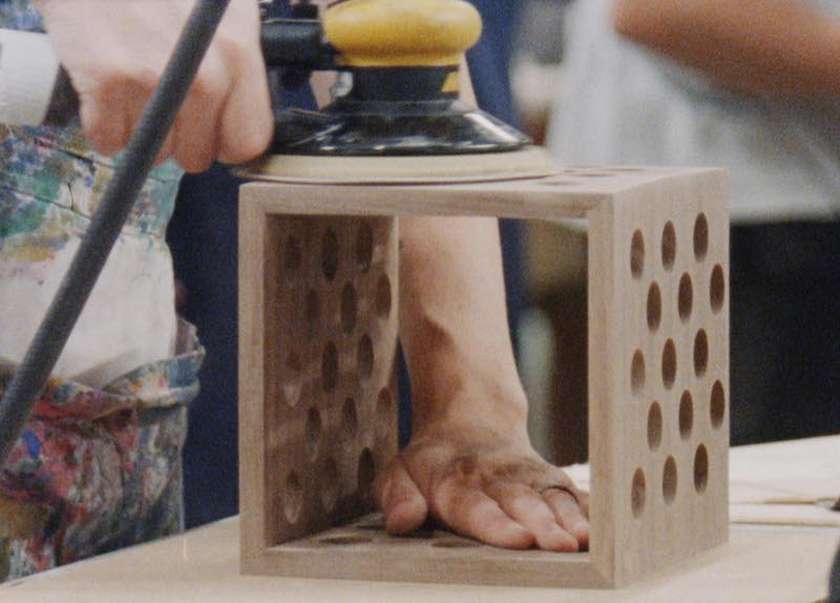
Architecture Beyond Sight (2019) produced by the DisOrdinary Architecture project, on behalf of The Bartlett.
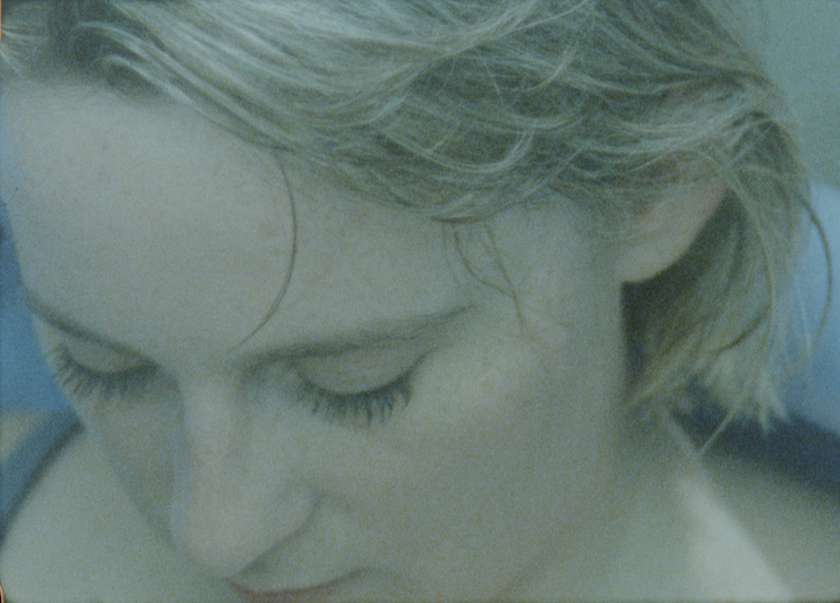
On Sanatorium (forthcoming) A collaboration with the London based artist Abi Palmer, engaging with her book Sanatorium (Penned in the Margins, 2020)

X for Methotrexate (2019) exploring the different sites involved in the research, production and use of the drug Methotrexate.

X for Methotrexate (2019) exploring the different sites involved in the research, production and use of the drug Methotrexate.
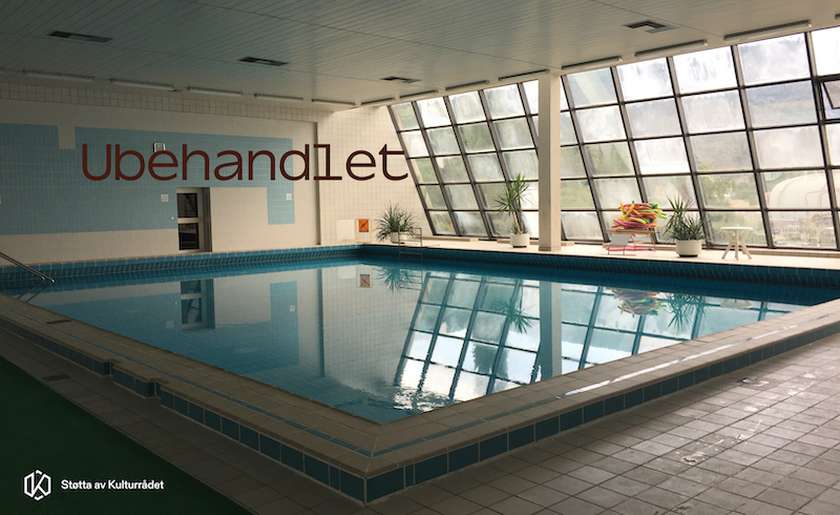
Ubehandlet (untreated) by Anna Ulrikke Andersen and Anne Silje Bø, interviewing Norwegian patients who has had their rehabilitation in Montenegro cancelled due to Covid-19. Supported by the Norwegian Arts Council.
